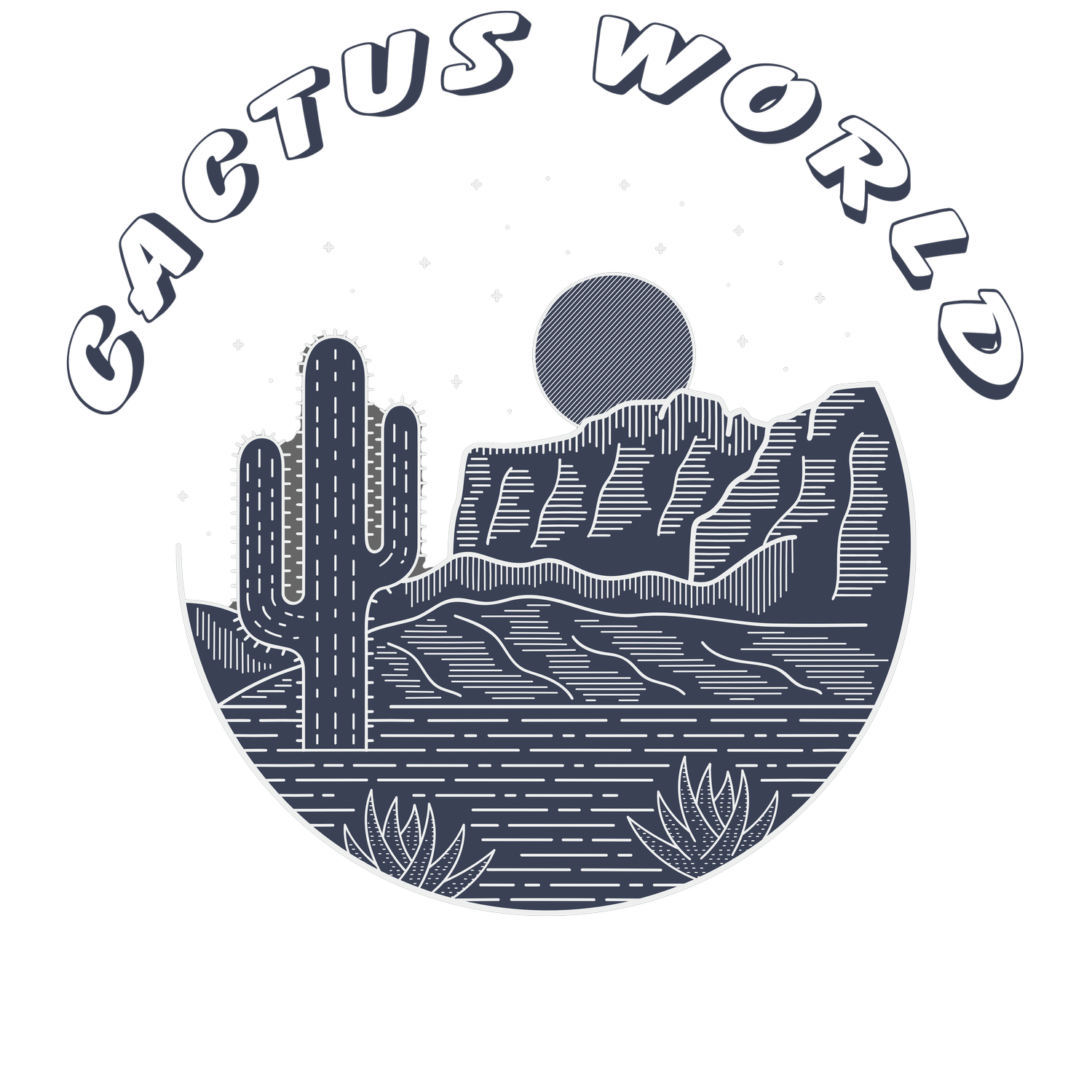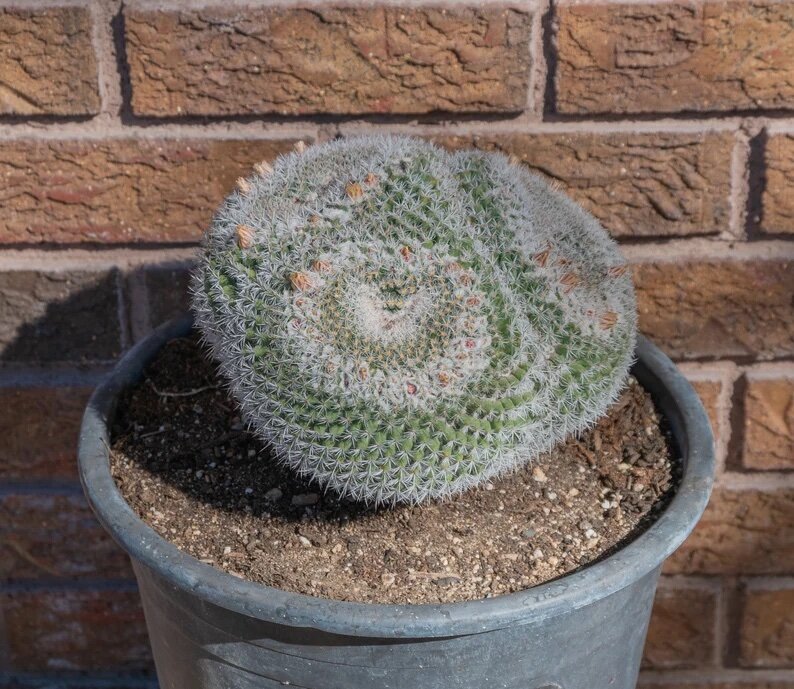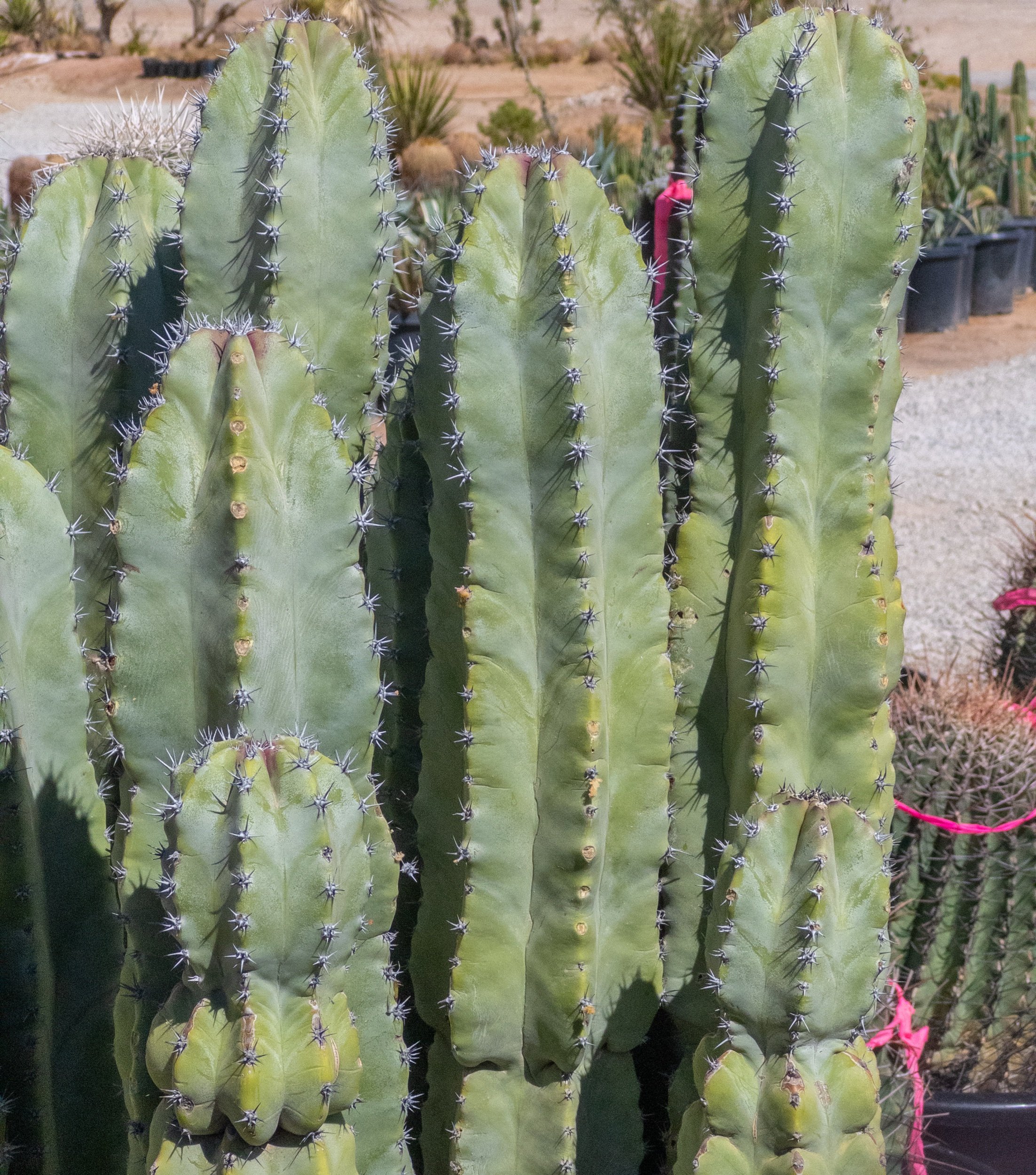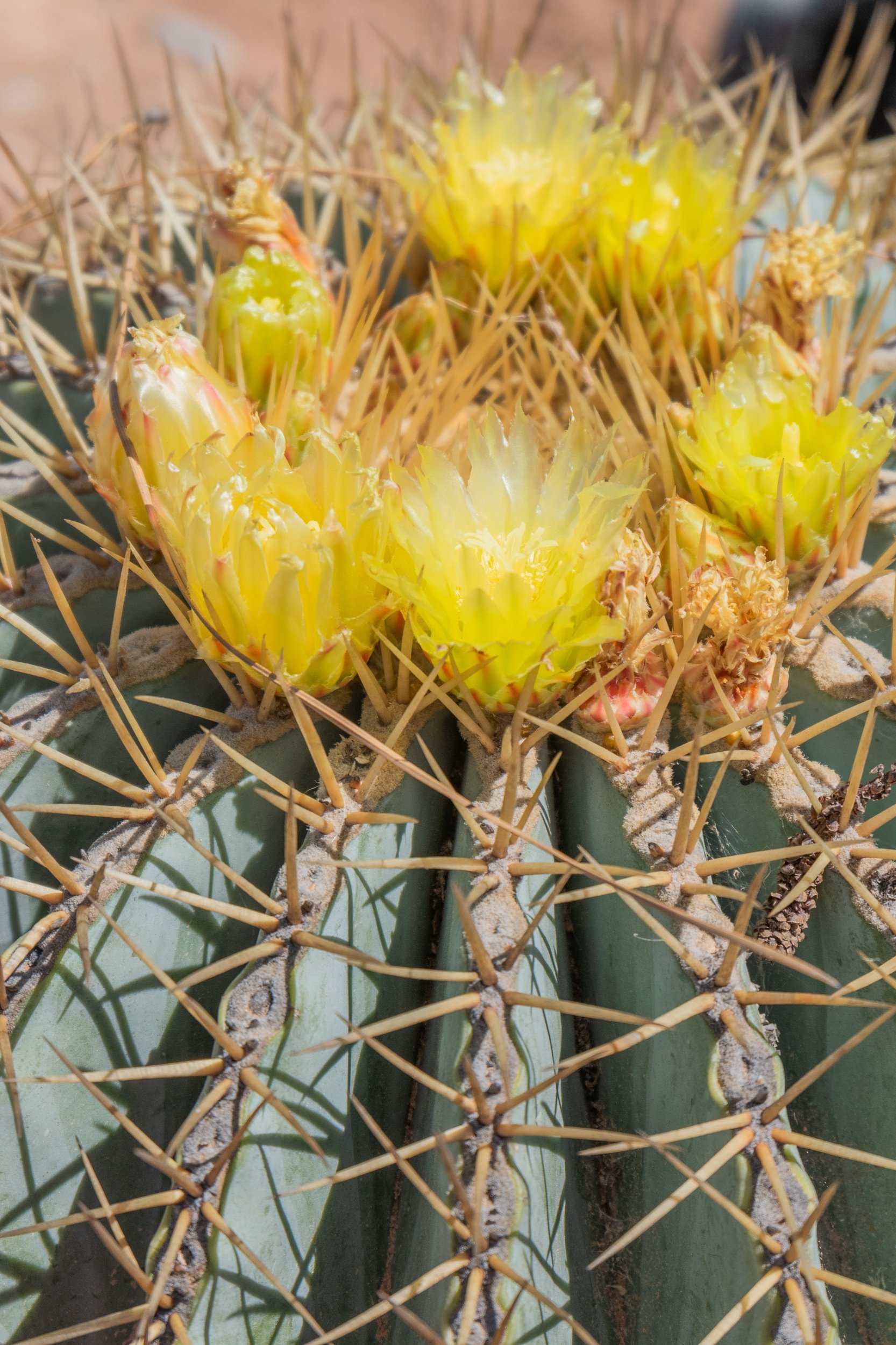 Image 1 of 7
Image 1 of 7

 Image 2 of 7
Image 2 of 7

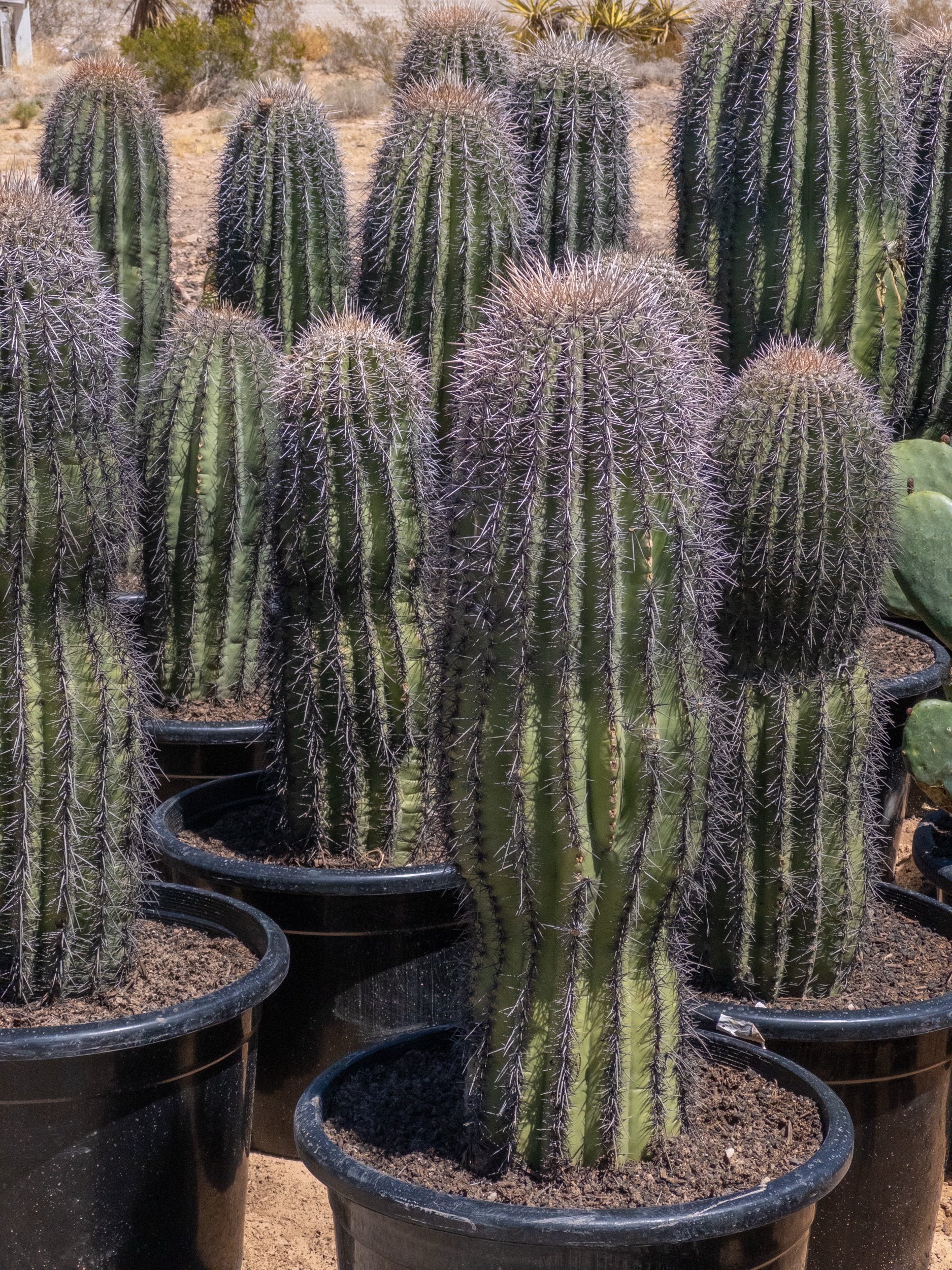 Image 3 of 7
Image 3 of 7

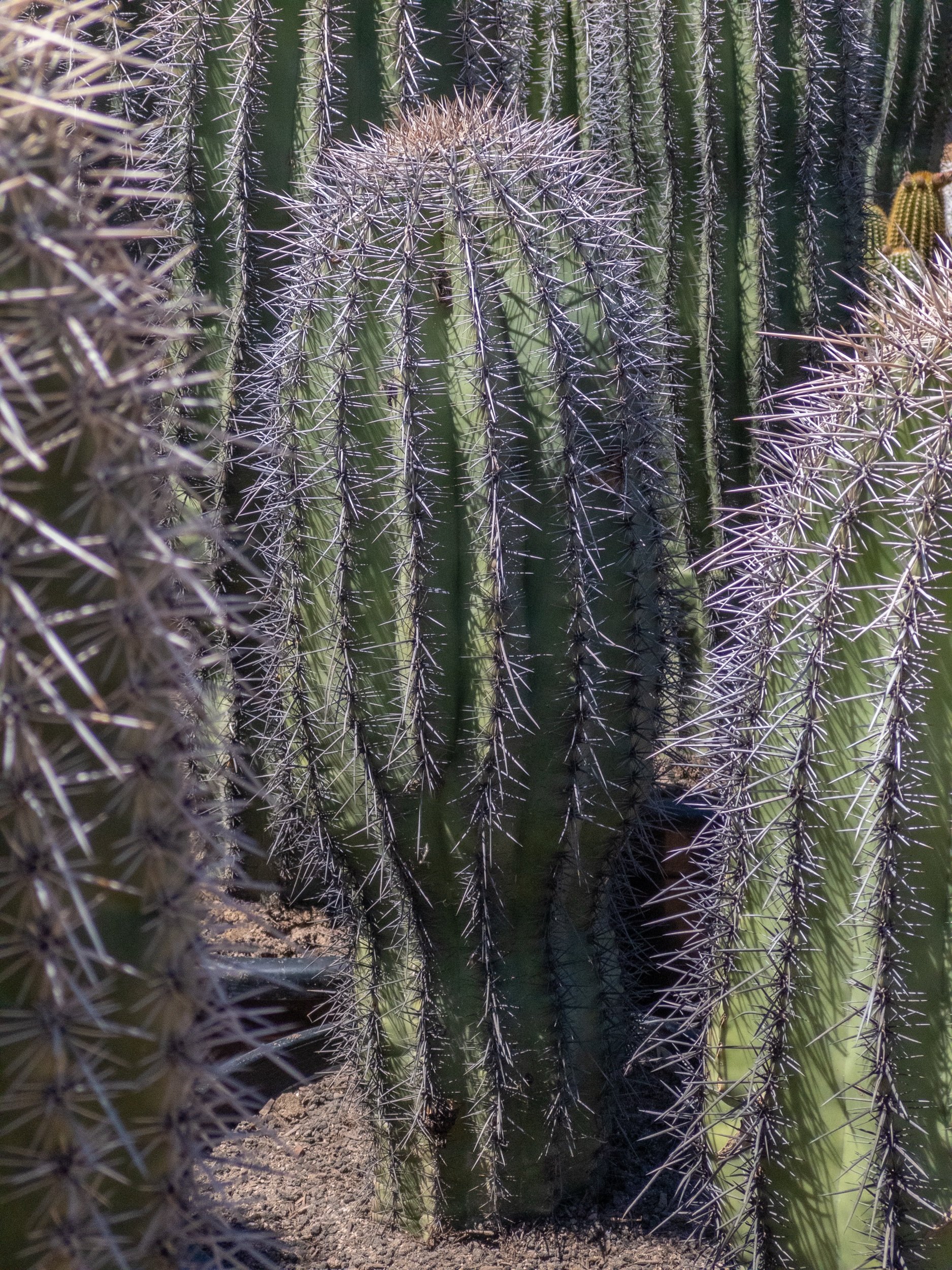 Image 4 of 7
Image 4 of 7

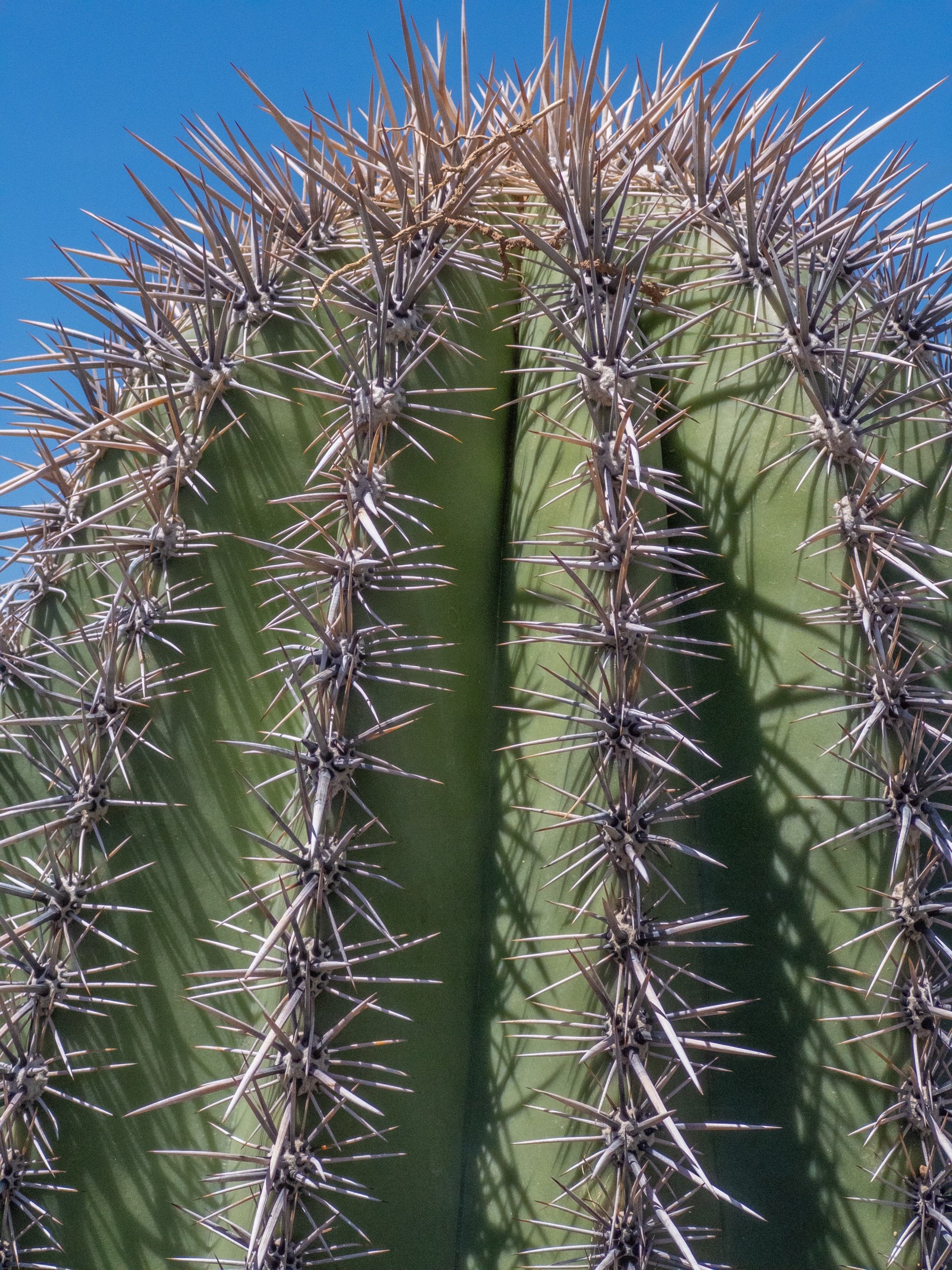 Image 5 of 7
Image 5 of 7

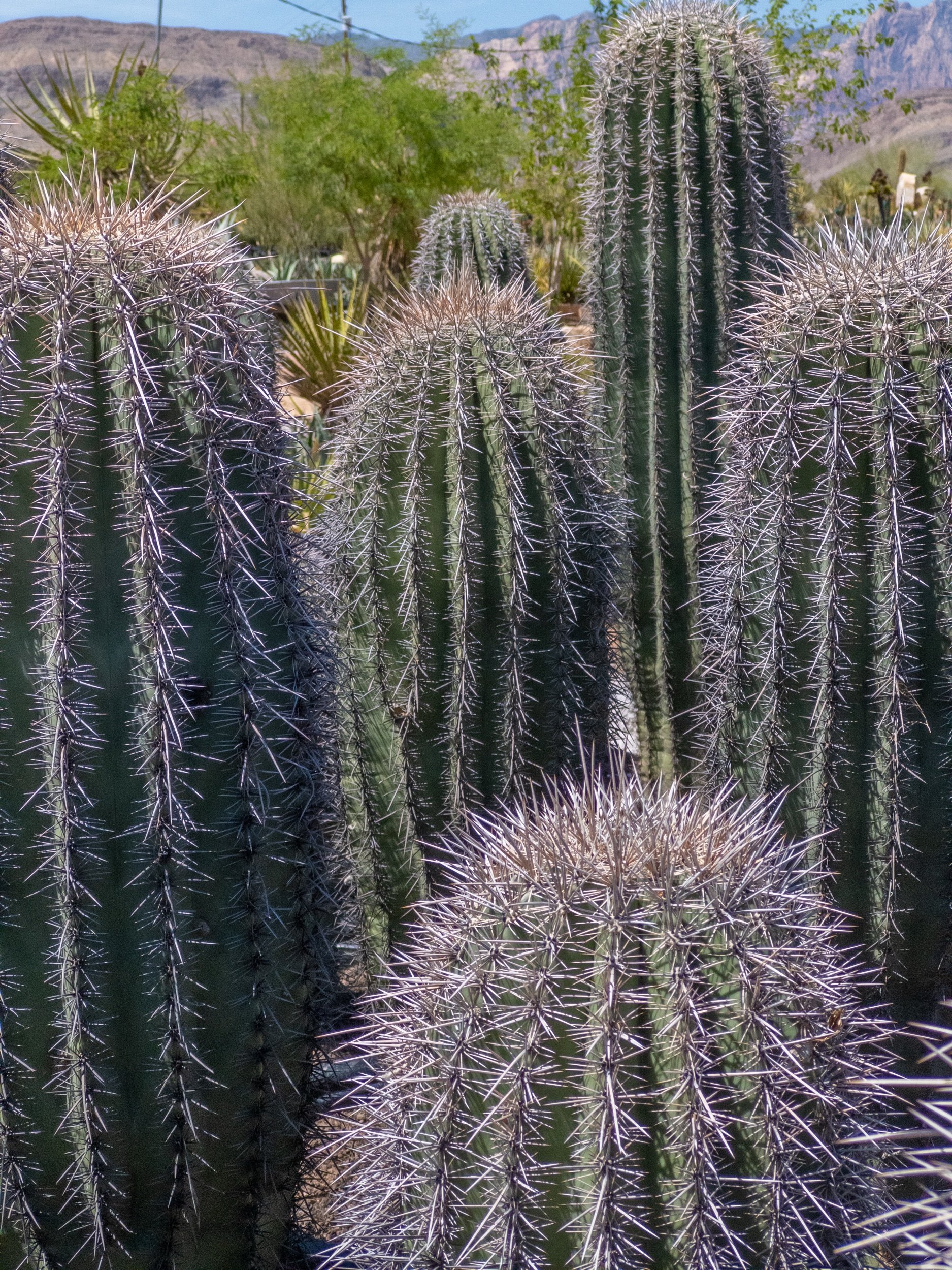 Image 6 of 7
Image 6 of 7

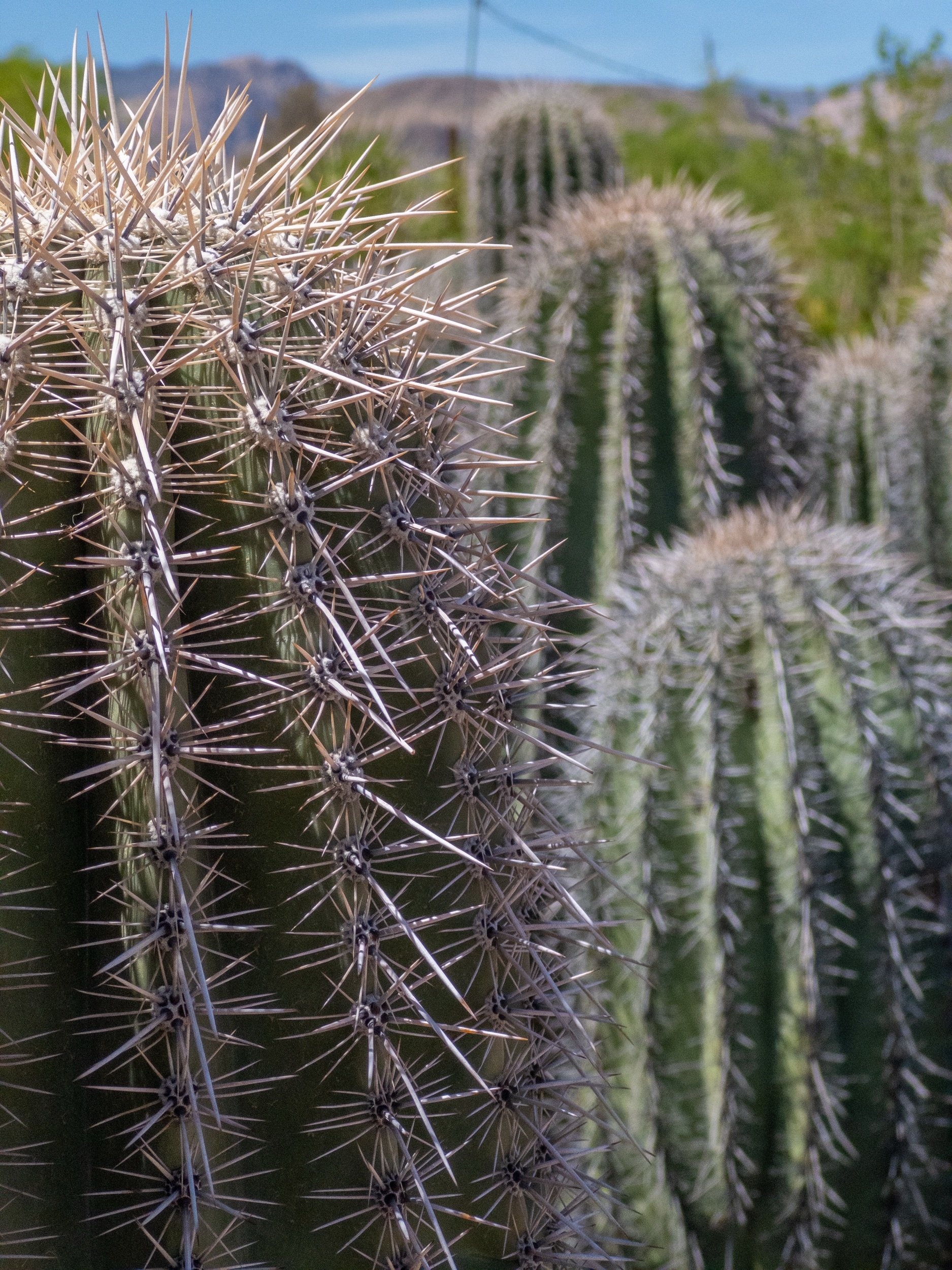 Image 7 of 7
Image 7 of 7








Saguaro (Carnegiea Gigantea)
The Saguaro Cactus, scientifically known as Carnegiea gigantea, is a unique and iconic plant native to the Sonoran Desert in the southwestern United States and northwestern Mexico. Its beauty lies in its massive size, unique branching structure, and large, showy white flowers that bloom in late spring to early summer.
The Saguaro Cactus can grow up to 40 feet tall and weigh as much as 8 tons, making it one of the largest cacti in the world. Its branching structure is formed by arms that can take many decades to grow, giving each cactus a unique and individual appearance.
The environmental needs of the Saguaro Cactus include full sun, well-draining soil, and very little water. It is adapted to the hot, arid climate of the Sonoran Desert and can survive drought and extreme temperatures. It is also an important food source and nesting site for many desert animals, including the Gila woodpecker and the Harris's hawk.
The origins of the Saguaro Cactus can be traced back to the Sonoran Desert, where it has been growing for thousands of years. It has played an important role in the culture and mythology of the indigenous peoples of the region and was also used for food and medicinal purposes.
Today, the Saguaro Cactus is a beloved symbol of the American Southwest and is protected by law in the United States. It is also a popular ornamental plant and can be found in gardens and landscapes throughout the region.
In conclusion, the Saguaro Cactus is a unique and iconic plant that is both beautiful and important to the desert ecosystem. Its massive size, branching structure, and showy flowers make it a standout in any landscape, while its adaptability to harsh desert conditions and its role in supporting desert wildlife make it an important part of the ecosystem. Its origins in the Sonoran Desert and its cultural and ecological significance make it a beloved symbol of the American Southwest.
*PHOTOS ARE EXAMPLES OF PLANT, THE ONE YOU WILL RECEIVE WILL DIFFER SLIGHTLY
SHIPPED BARE ROOT / PLEASE CHECK LOCAL SHIPPING RESTRICTIONS
The Saguaro Cactus, scientifically known as Carnegiea gigantea, is a unique and iconic plant native to the Sonoran Desert in the southwestern United States and northwestern Mexico. Its beauty lies in its massive size, unique branching structure, and large, showy white flowers that bloom in late spring to early summer.
The Saguaro Cactus can grow up to 40 feet tall and weigh as much as 8 tons, making it one of the largest cacti in the world. Its branching structure is formed by arms that can take many decades to grow, giving each cactus a unique and individual appearance.
The environmental needs of the Saguaro Cactus include full sun, well-draining soil, and very little water. It is adapted to the hot, arid climate of the Sonoran Desert and can survive drought and extreme temperatures. It is also an important food source and nesting site for many desert animals, including the Gila woodpecker and the Harris's hawk.
The origins of the Saguaro Cactus can be traced back to the Sonoran Desert, where it has been growing for thousands of years. It has played an important role in the culture and mythology of the indigenous peoples of the region and was also used for food and medicinal purposes.
Today, the Saguaro Cactus is a beloved symbol of the American Southwest and is protected by law in the United States. It is also a popular ornamental plant and can be found in gardens and landscapes throughout the region.
In conclusion, the Saguaro Cactus is a unique and iconic plant that is both beautiful and important to the desert ecosystem. Its massive size, branching structure, and showy flowers make it a standout in any landscape, while its adaptability to harsh desert conditions and its role in supporting desert wildlife make it an important part of the ecosystem. Its origins in the Sonoran Desert and its cultural and ecological significance make it a beloved symbol of the American Southwest.
*PHOTOS ARE EXAMPLES OF PLANT, THE ONE YOU WILL RECEIVE WILL DIFFER SLIGHTLY
SHIPPED BARE ROOT / PLEASE CHECK LOCAL SHIPPING RESTRICTIONS
The Saguaro Cactus, scientifically known as Carnegiea gigantea, is a unique and iconic plant native to the Sonoran Desert in the southwestern United States and northwestern Mexico. Its beauty lies in its massive size, unique branching structure, and large, showy white flowers that bloom in late spring to early summer.
The Saguaro Cactus can grow up to 40 feet tall and weigh as much as 8 tons, making it one of the largest cacti in the world. Its branching structure is formed by arms that can take many decades to grow, giving each cactus a unique and individual appearance.
The environmental needs of the Saguaro Cactus include full sun, well-draining soil, and very little water. It is adapted to the hot, arid climate of the Sonoran Desert and can survive drought and extreme temperatures. It is also an important food source and nesting site for many desert animals, including the Gila woodpecker and the Harris's hawk.
The origins of the Saguaro Cactus can be traced back to the Sonoran Desert, where it has been growing for thousands of years. It has played an important role in the culture and mythology of the indigenous peoples of the region and was also used for food and medicinal purposes.
Today, the Saguaro Cactus is a beloved symbol of the American Southwest and is protected by law in the United States. It is also a popular ornamental plant and can be found in gardens and landscapes throughout the region.
In conclusion, the Saguaro Cactus is a unique and iconic plant that is both beautiful and important to the desert ecosystem. Its massive size, branching structure, and showy flowers make it a standout in any landscape, while its adaptability to harsh desert conditions and its role in supporting desert wildlife make it an important part of the ecosystem. Its origins in the Sonoran Desert and its cultural and ecological significance make it a beloved symbol of the American Southwest.
*PHOTOS ARE EXAMPLES OF PLANT, THE ONE YOU WILL RECEIVE WILL DIFFER SLIGHTLY
SHIPPED BARE ROOT / PLEASE CHECK LOCAL SHIPPING RESTRICTIONS
